The latest leap by OpenAI is the introduction of the ChatGPT Agent, a unified AI assistant capable of performing real-world tasks autonomously. Operating within its own sandboxed “computer,” the Agent blends conversational intelligence with action—planning events, researching competitively, and even managing your calendar. But with great power comes great responsibility.
🚀 From Dialogue to Digital Action
Unlike previous versions that only responded to prompts, ChatGPT Agent now executes tasks independently using a suite of tools:
- Operator: Visually navigates websites, fills forms, clicks, and logs in if needed
- Deep Research: Synthesizes multi-source data into coherent summaries
- Virtual Machine: Runs tasks across a sandboxed OS with browser, terminal, file system, and API access OpenAI
Together, they allow users to instruct the Agent to “plan and buy ingredients,” research competitors and build slide decks, or schedule meetings based on calendar data—all with minimal local interaction People.com.
🔐 Safety First: Built-In User Control & Risk Mitigation
OpenAI emphasizes human oversight at every step:
- Confirmation Before Irreversible Actions: Purchases, form submissions, emails—no action without your explicit approval MobiGyaan
- Interrupt and Takeover: Users can pause, cancel, or override the Agent at any time
- Watch Mode: Automatically halts operations on sensitive sites (e.g., finance) if the user is inactive anybodycanprompt.com
- Privacy by Design: No password storage; disabled long-term memory; access revoked anytime anybodycanprompt.com
This architecture marks a balance between automation and responsibility, acknowledging that full autonomy without safeguards is unsafe.
🎯 Where It Works—and Where It Doesn’t (Yet)
Strengths:
- Executes multi-step, low-risk workflows like summarizing emails, updating CRMs, or creating presentations
- Eliminates bottlenecks in repetitive or template-based tasks
- Reduces onboarding friction for automation: no coding or integrations required
Limitations:
- Still slow or glitchy on complex tasks like online shopping or account logins, as seen in early public testsThe Verge+12
- Cannot perform high-stakes operations like actual transactions or bank access proactively The Verge
- Latency remains significant, with tasks taking up to 30 minutes in some benchmarks
In short: best suited for time-consuming yet low-consequence tasks with human guardrails.
🧪 How It Works: Under the Hood
The Agent’s backbone is the Computer-Using Agent (CUA) model—trained on GPT-4o plus reinforcement learning. It perceives screen snapshots, reasons through “chain-of-thought,” and interacts with GUI like a human user would Analytics Vidhya.
Benchmark performance:
- ~41.6% on benchmark reasoning tasks
- Outperformed Microsoft’s Copilot in spreadsheet tasks (≈45.5% vs. 20%)
- Trusted for file editing, terminal commands, document generation aimagazine.com
Yet performance still falls short of perfection—and OpenAI continues iterative improvements.
🌍 Real-World Implications: Opportunity & Ethical Tradeoffs
For Users & Businesses:
Enables a new class of “assistant-native” workflows: task orchestrations without manual oversight, ideal for service-based sectors and solo professionals.
For Society & Regulation:
Raises complex questions around accountability (who’s responsible for mistakes?), job impact (could this replace junior roles?), and privacy in agent-controlled environments MobiGyaan.
🔧 What You Should Do Today
- Explore agent capabilities for automatable workflows—but keep high-stakes tasks manual
- Stay aware of evolving agent behavior and failures; don’t over-rely
- Keep up with OpenAI updates, logging and monitoring agent usage
- Prioritize tech literacy: know how to pause, review, or override


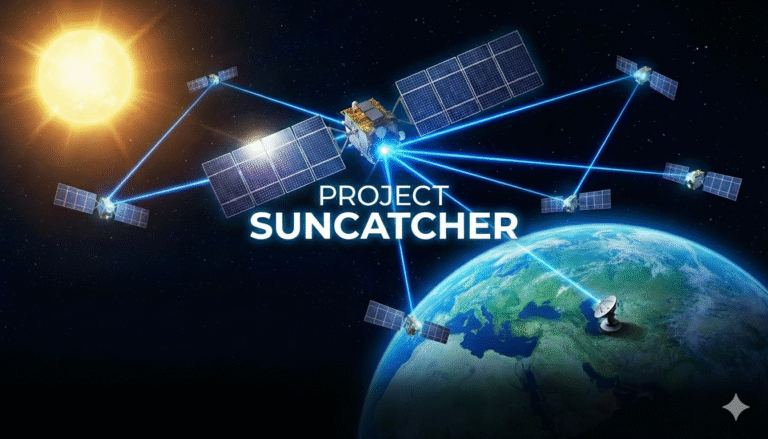
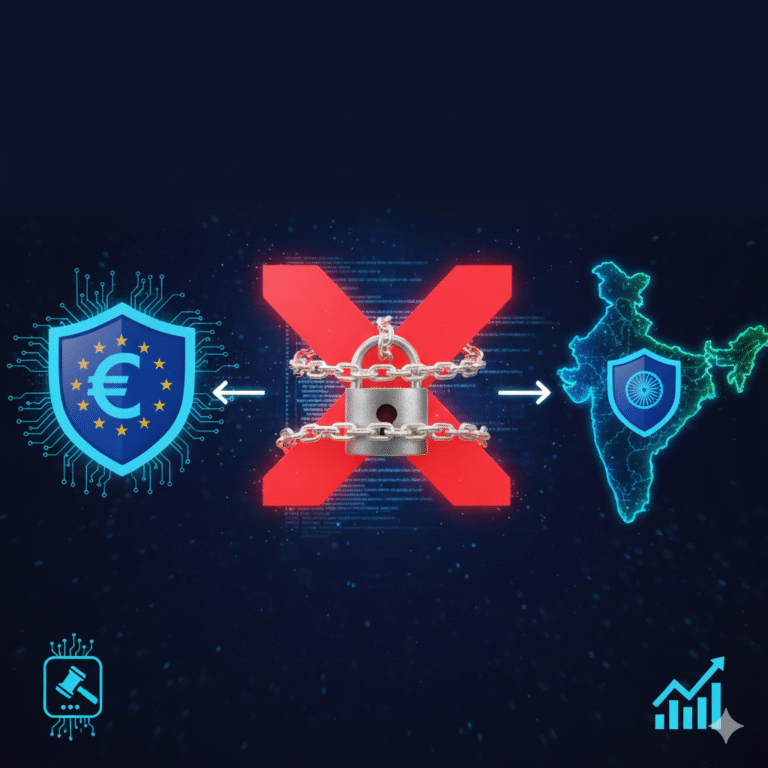

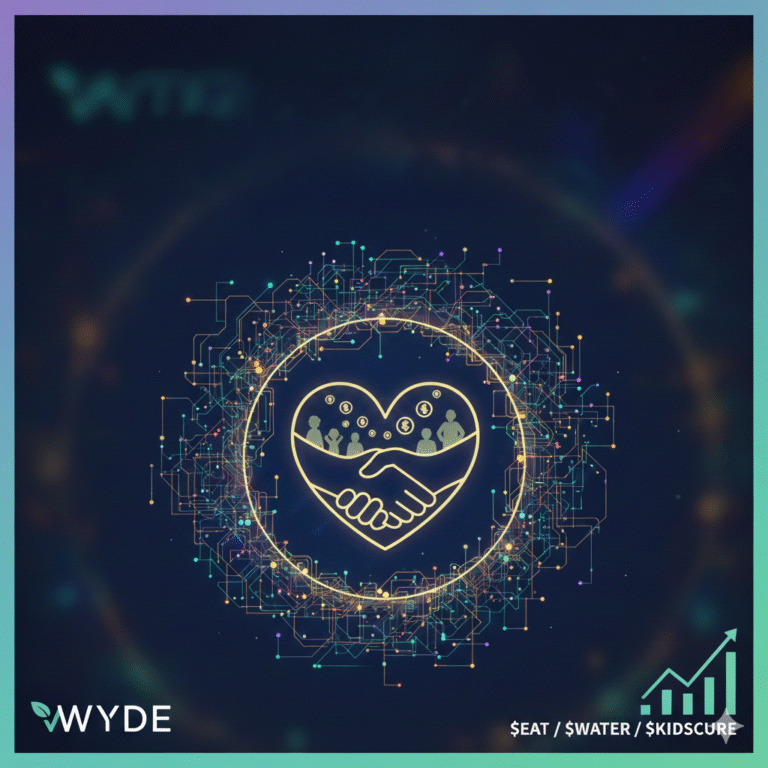

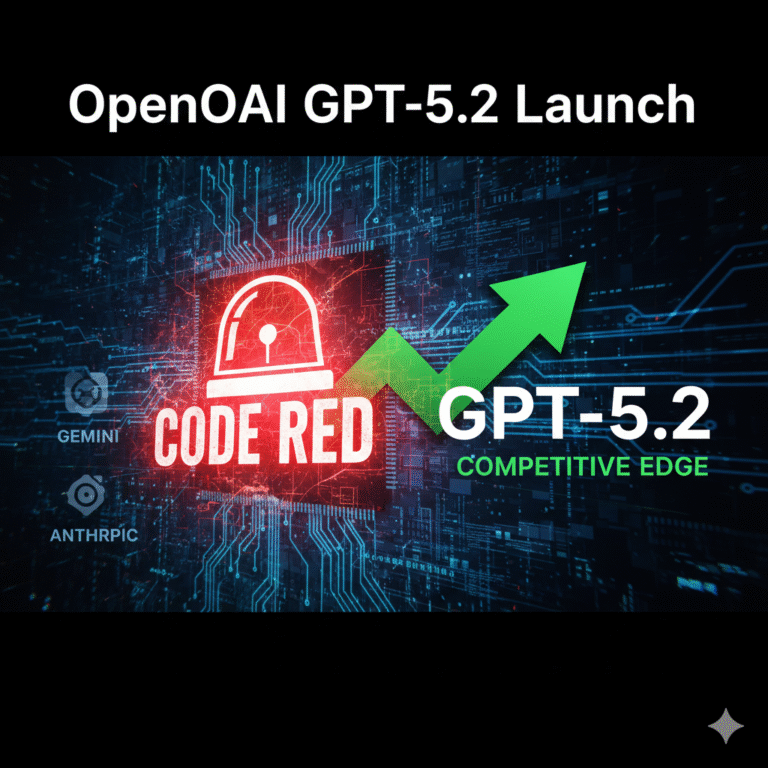
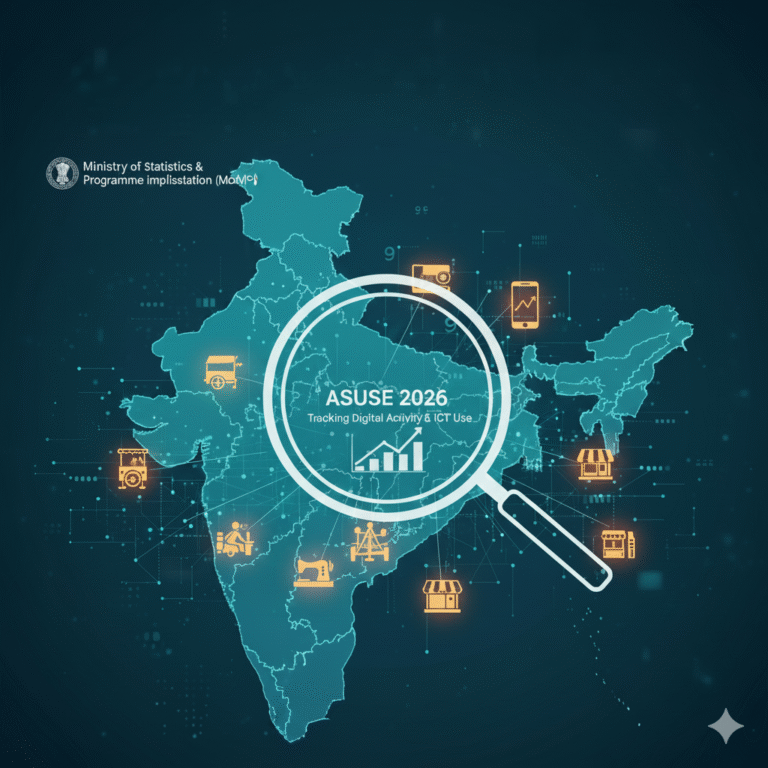
+ There are no comments
Add yours